Émile Jaques-Dalcroze Piano Music, Volume Two
The Swiss composer Émile Jaques-Dalcroze (1865–1950) is best remembered for his development of Eurhythmics, which teaches the appreciation of music through movement. But Jaques-Dalcroze, who studied with Delibes and Fauré in Paris and with Bruckner and Fuchs in Vienna, was a considerable composer in his own right, with operas, cantatas and orchestral works among his substantial output. His 20 Caprices and Rhythmic Studies constitute an important but hitherto unknown set of character-studies, combining a relaxed lyricism with technical challenges of considerable subtlety for the player.
Notes en Français
Paolo Munaò, piano
Listen To This Recording:
-
Cascades (c. 1910)
- Cascades
- No. 1 Allegro giusto
- No. 2 Tranquillo e soave
- No. 3 Agitato
- No. 4 Poco lento e calmato
- No. 5 Lento deciso
- No. 6 Con forza e ritmo
- No. 7 Tranquillo
- No. 8 Strepitoso
- No. 9 Moderato con dignità
- No. 10 Allegramente
- Esquisse pour un exercice de cordes
- No. 11 Moderato
- No. 12 Movimento di Valse lente
- No. 13 Allegretto capriccioso
- No. 14 Allegramente
- No. 15 Un poco animato ed intimo
- No. 16 Capriccioso e con gioia
- No. 17 Deciso
- No. 18 Leggiero e con tenerezza
- No. 19 Leggiero e con semplicità
- No. 20 Animato assai ma a tempo
20 Caprices and Rhythmic Studies: Set I (publ. 1920)
Esquisse pour un exercice de cordes (c. 1930)
20 Caprices and Rhythmic Studies: Set II (publ. 1920)
FIRST RECORDINGS
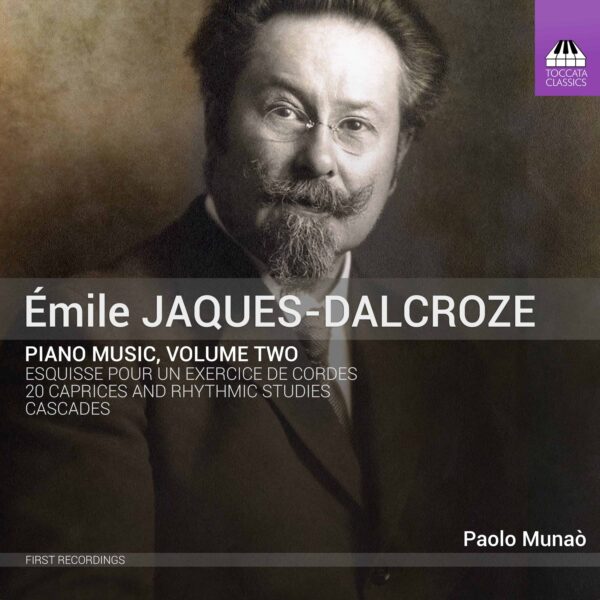
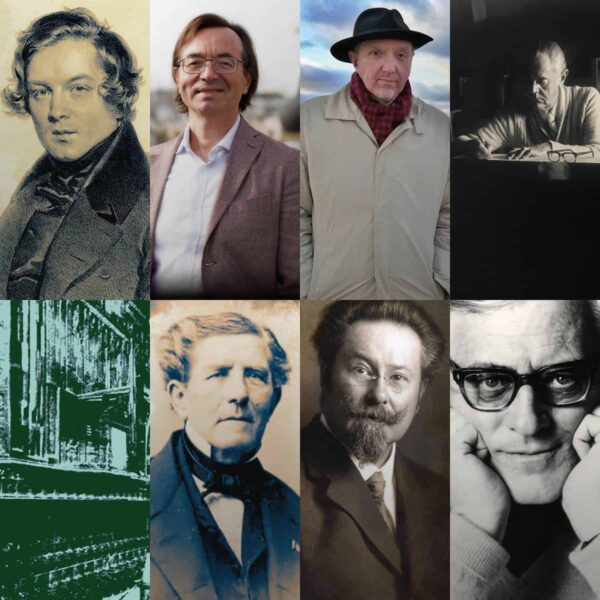
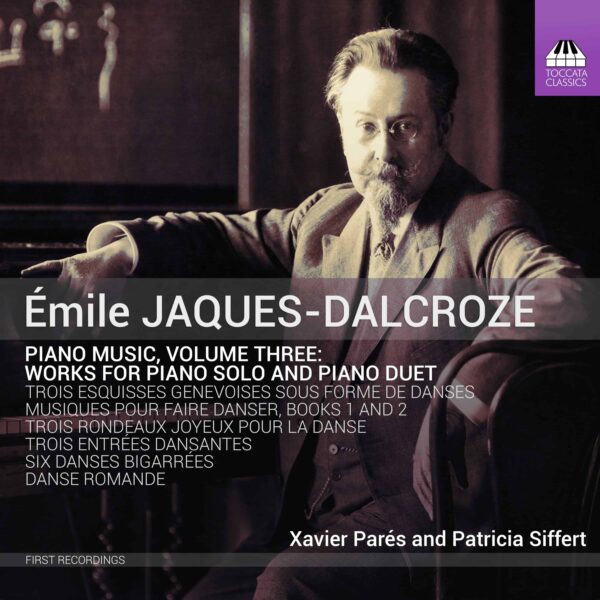
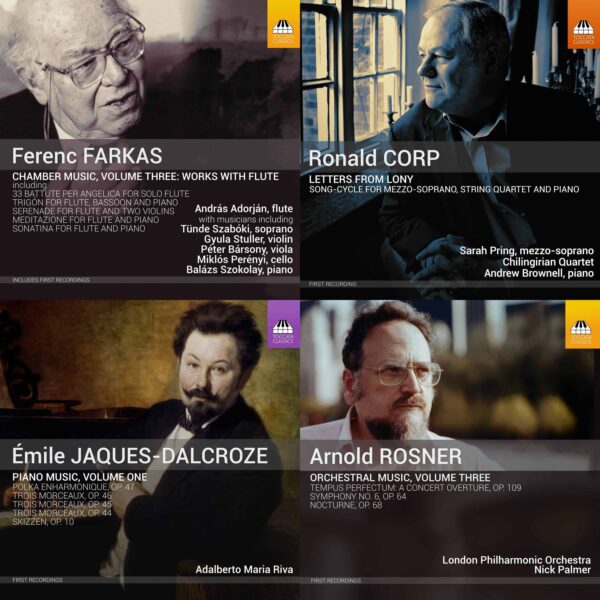
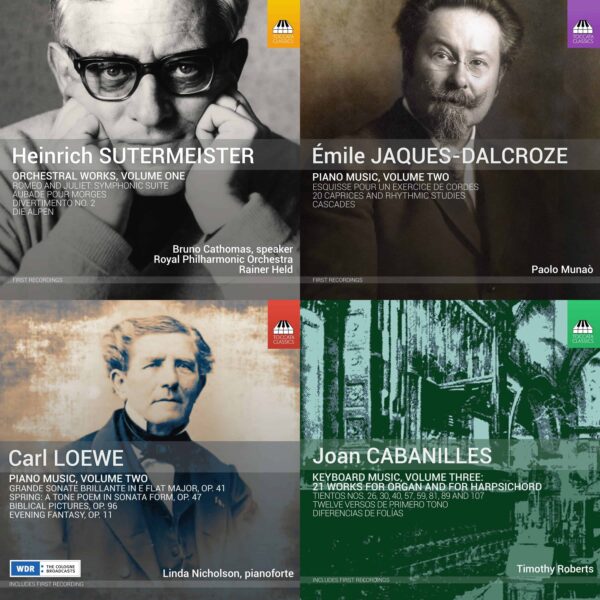
Swiss Music Review :
‘Rhythm is treated with remarkable diversity, for example in his best opus, the 20 Caprices and Rhythmic Studies The richer harmonies, the constant modulations, the melodies that are often freed from barlines and breathe more freely, all reveal a sensibility closer to the French music of the early 20th century.
The committed, convincing performance of the four excellent pianists (Paolo Munaò, Xavier Parés, Adalberto Maria Riva and Patricia Siffert) involved in this project does full justice to these pieces, from which they extract all their dynamic sap and mischievous vivacity. The quality of the booklet notes, written by Jacques Tchamkerten, a specialist in the great rhythmician, is also worthy of note.’
—Laurent Mettraux, Swiss Music Review
MusicWeb International :
‘Now to the twenty Caprices and Rhythmic Studies from a couple of years after the end of the Great War. They have depth and variety, as well as a measure of display. Cold academic essays they are not. The composer’s stock in trade is subtle melodious tonality. There is nothing in the way of atonality or neo-classicism; just melodious carefully weighted and calculated lyrics. […]
The liner-notes are typical of Toccata’s annotations – detailed and accessible. They are by Jacques Tchamkerten and are in English and French.
—Rob Barnett, MusicWeb International